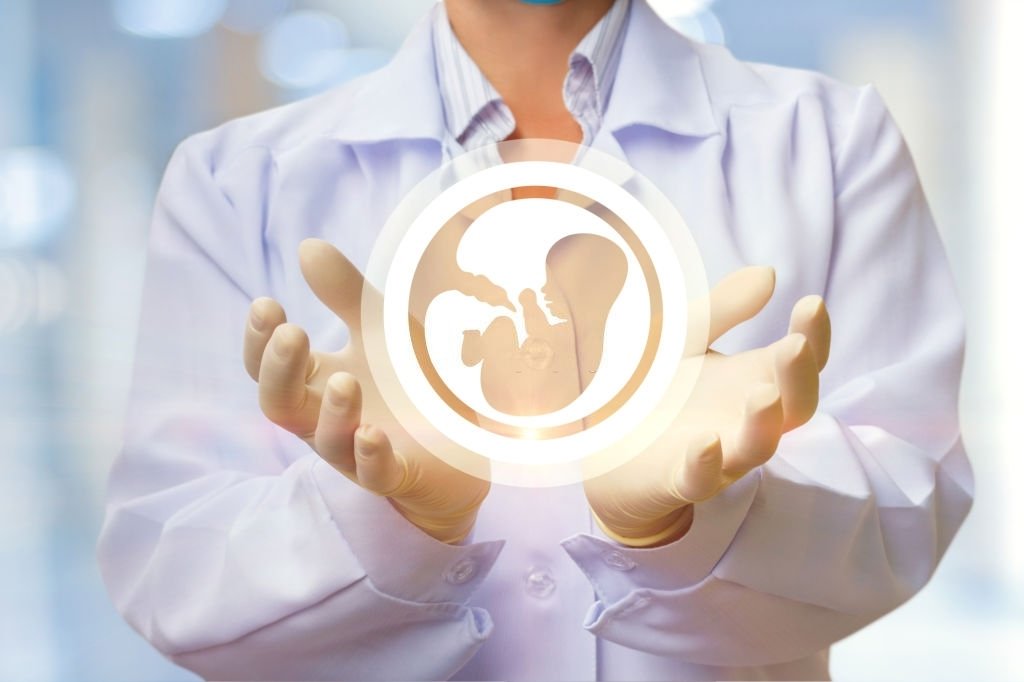
IVF is a complex series of procedures used to help fertilization and to prevent transmission of genetic problems. IVF is the most commonly used assisted reproduction treatment technique.
IVF is basically fertilization of the female egg cells by male sperm cells outside the body followed by selection of these fertilized egg cells and their placement into the uterus.
IVF is mainly composed of below steps:
It is estimated that 1 out of 7 couples around the world have problems in having a child. Infertility has profound social and psychological implications, but there are promising treatments to help you fulfill your dream of having a child.
A comprehensive testing and evaluation procedure is performed to accurately identify reproductive problems and find solutions. One of these methods is in vitro fertilization (IVF). Assisted reproduction is performed together with pre-implantation genetic diagnosis for the diagnosis of genetic diseases in early embryos before implantation and pregnancy. The purpose of treatment is to prevent the transmission of conditions that cause serious illness in the children of parents who are infected or carriers of the disease.
.jpg)
It is a method that can increase the ovarian capacity and assist in IVF treatment. This method has been used for more than 40 years in traditional IVF treatment and the success rate is increasing day by day. The chance of pregnancy is increased with PRP Treatment. Blood is taken from the mother and undergoes certain procedures to collect the platelet-rich plasma that is given back to the mother. Many studies have been done to increase the success rate of in vitron. Platelet-rich plasma obtained from maternal blood promotes thickening of the endometrium and increases egg quality. In this way, you have the opportunity to conceive. The higher the egg quality, the higher the chance of pregnancy as the endometrium provides the desired darkening.
PRP treatment provides rejuvenation of the ovaries. Possible results of PRP treatment include rapid recovery and rejuvenation. It is used for ovarian rejuvenation and endometrial problems in the treatment of infertility. Stem cells are the precursors of mature cells and can be transformed. PRP is obtained from the person's own blood and is a blood product rich in platelets secreting growth factors. In this context, when PRP is injected into the ovaries, it stimulates the stem cells to turn into an egg. This method reactivates these passive or inactive eggs, which are rare in the ovaries, that is, rejuvenates the eggs and increases the possibility of pregnancy.
Contact us
Do you want to get detailed information about our services or ask any questions you may have?